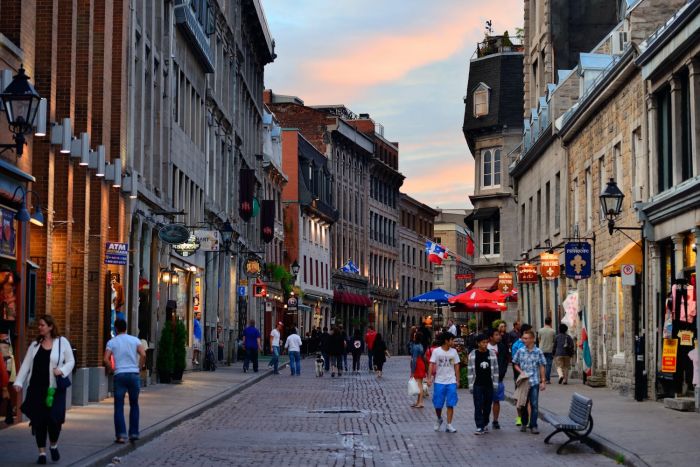Britain is packed to the brim with impressive architecture and other manmade marvels. The thing that makes this part of the world particularly attractive though, would be the wonders that have been provided by Mother Nature. It is not usually necessary to travel far outside of the towns and cities to find some natural wonders. Some of the most notable locations would have to include:
Cheddar Gorge, Summerset
Cheddar Gorge has a depth of 137 metres, and it a natural wonder that was created by melt water floods over a million years ago. The gorge is mostly made from limestone, but there is also a great deal of fossil material here as well. A 9000 year old human skeleton, Cheddar Man, was found here back in 1903, and this is the oldest skeleton ever found in Britain. The area is easily accessed because there is a road (B3135) that goes all the way to the bottom of the gorge. Some tourists will come here just to admire this wonder of nature, but it is also a popular destination for cycling and climbing – there are also many caves to explore.
Lake District, Cumbria
The writer and poet William Wordsworth is sometimes credited with introducing the natural attractiveness of the Lake District to an international audience. This mountainous area in the north west of England is hauntingly beautiful, and this is why it has become such a popular tourist attraction. Finding accommodation in the Lake District is relatively easy, and it is recommended that visitors stay here for a few days, so that they can really benefit from being surrounded by so much beauty.
Snowdonia, North Wales
Snowdonia covers an area of 838 square miles in the north of Wales. The whole of Snowdonia is full of natural wonder, but the highlight of the region has to be the two mountains - Glyder Fach and Glyder Faw. Snowdonia National Park attracts people from all around the world, and the most popular activities here would include: hiking, climbing, horse riding, and canoeing.
Fingal’s Cave, Staffa Island
Fingal’s Cave can be found on the island of Staffa, which is located in the Inner Hebrides of Scotland. This sea cave is impressive because it is formed by hexagonally jointed basalt columns – this natural phenomenon is a result of cooling lava flow. The strange shape of the cave means that sound waves behave in an unusual way, and this is why it is sometimes referred to as the ‘melodious cave’. The only way to reach the cave is by boat, and this type of tour is only available during spring and summer. Staffa Island is privately owned, but there is no permanent human settlement on the island. Visitors to Fingal’s Cave will usually travel from Oban or one of the other islands.
Giant’s Causeway, Antrim
The Giant’s Causeway is a UNESCO World Heritage Site. This odd looking geographical wonder is made up of over 40,000 basalt columns, and these are interlocked in such a way that it would be easy to image that they were created by human hands. The columns are believed to have been created 60 million years ago by volcanic lava that cooled rapidly. Many of the rocks in this area have eroded by the weather over the centuries, so that they resemble unusual shapes such as boots and chimney stacks.














